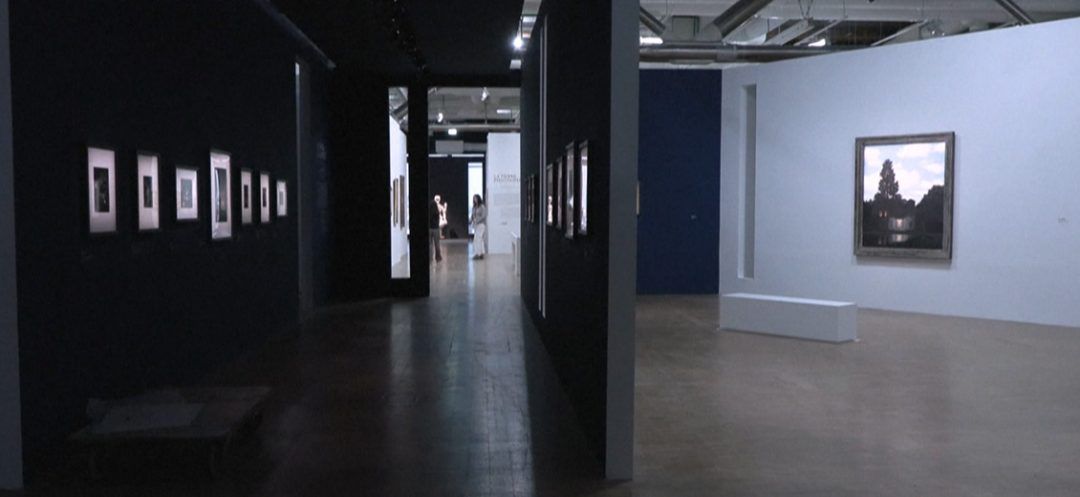
This Wednesday, the Centre Pompidou in Paris unveils a groundbreaking exhibition celebrating the centenary of Surrealism, the artistic movement that has captivated the world since its inception in 1924. The monumental show, spanning over 2,200 square meters, features an astounding collection of approximately 500 paintings, sculptures, drawings, texts, films and documents, many of which are exceptional loans from prestigious institutions worldwide.
100 Years of Surrealism is a testament to the visionary nature of Surrealism and its lasting impact on contemporary art. Founded by poets such as André Breton, the movement quickly spread across the globe, inspiring artists to explore the depths of the human psyche and challenge the conventional notions of reality. The exhibition showcases works by iconic Surrealist masters, including Salvador Dalí, René Magritte, Giorgio de Chirico, Max Ernst, Dora Maar, Leonora Carrington and Dorothea Tanning, among others.
Visitors will have the rare opportunity to view some of the movement's most emblematic works, such as Dalí’s The Great Masturbator, Magritte’s Personal Values and The Empire of Light, de Chirico’s The Child’s Brain and The Song of Love, Ernst’s The Great Forest and Joan Miró’s Dog Barking at the Moon. These masterpieces, usually housed in renowned museums in Madrid, San Francisco, Stockholm and New York, have been brought together for this extraordinary occasion.
 Photo credit: AFP
Photo credit: AFPThe exhibition’s scenography plays with optical illusions, a technique dear to the Surrealists, and the visitor’s journey takes the form of a labyrinth. Upon entering, guests are greeted by an immense circular room, at the center of which lies the original manuscript of André Breton’s Manifesto of Surrealism. An immersive audiovisual projection illuminates the genesis and philosophy of the movement.
The exhibition follows a chronological and thematic path, exploring the literary figures (Lautréamont, Lewis Carroll, Sade) and mythologies that nourished the movement, as well as the themes that preoccupied the Surrealists, such as the artist-medium, the philosopher’s stone, the forest, the night and eroticism.
Marie Sarré, co-curator of the exhibition alongside Didier Ottinger, the Deputy Director of the Musée national d’Art moderne, explains, “More than an aesthetic dogma or a formalism, Surrealism is a philosophy that brought together men and women who believed in a different relationship with the world for over 40 years.”
The exhibition not only showcases the Surrealists’ perspective on critical moments in history, such as the World Wars, the Spanish Civil War and colonialism, but also their vision of a different relationship between humankind and the cosmos. As Ottinger points out, “Their message is one of the most contemporary we can imagine,” emphasizing the Surrealists’ recognition of women artists and their political engagement.

The Surrealists, mostly young people in their twenties, witnessed the ravages of progress and the horrors of war. They questioned the values of the modern Western world, the Age of Enlightenment, rationalism, reason, progress and industrialization, sensing an urgent need to reinvent their relationship with the world, with others and with nature.
The exhibition also highlights the international propagation of Surrealism from the 1930s, reaching as far as Australia, with translations of Aragon and Breton’s key texts even reaching China. Works by artists such as Tatsuo Ikeda (Japan), Wilhelm Freddie (Denmark) and Rufino Tamayo (Mexico) are presented, with a particular focus on South America and women artists, who found a platform for emancipation within the movement.
Although the official dissolution of Surrealism occurred in 1969, its influence continues to inspire contemporary art biennials, cinema, fashion and comic books. The Centre Pompidou exhibition, previously shown in a less extensive form in Brussels and set to travel to Madrid, Hamburg and Philadelphia by 2026, is a celebration of the enduring legacy of this groundbreaking artistic movement and its continued relevance in today’s world.
With AFP
Read more




Comments